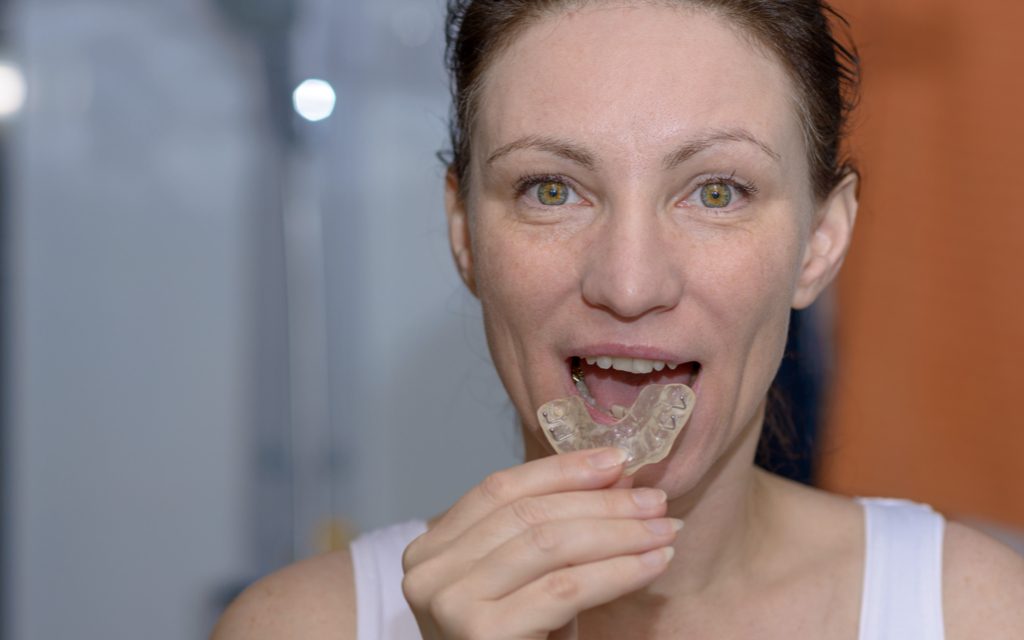Splints or Night guards vs Anatomical Orthotics
Let’s see about Splints or Nightguards vs Anatomical Orthotics Treating TMD patients can be extremely challenging and success depends on many factors. Various types of appliances are used in dentistry, giving varying results, depending on the dentist’s philosophy, skills, understanding of occlusion (bite), as well as patient orientation to detail. The challenge lies in not only understanding and the ability to manage the patient’s condition, but also the patient’s ability to work with their dentist in order to move through the phases of treatment.
Many splints often prescribed by dentists do not adequately address the proper muscle and joint position. In addition, most don’t use technology that helps them measure muscle responses or pathologic jaw position, and simply guess at where the jaw should be.
Muscles surrounding the jaw want to rest
The muscles of mastication (chewing) have proprioceptive mechanisms built in within them, and “seek” tooth contact that allows them to rest in their physiologic position. This is the ideal comfortable position for these muscles in all dimensions, including sagittal, frontal, and horizontal. Torque of the mandible (lower jaw) also needs to be included in order to allow the muscles to function optimally. When the muscles are shortened, or pulled back, the contraction results in pain and other symptoms. When the contraction becomes severe and causes hyperactivity of the temporalis and masseter muscles, this results in worn posterior second molars and worn and rubbed out splints in the posterior region over time. Patients who clench find that soft splints make their condition worse, and this is why we do not recommend the use of soft splints or night guards except for sports guards.
Flat plane Splints or Night guards
The flat plane splint or flat plane night guard may be effective during initial or emergency treatment, but does not effectively address the requirements of maintaining optimal muscle position. Simple night guards with a flat plane can be used to manage some conditions where symptoms are minimal or non-existent. However, an anatomically correct orthotic that includes correct anterior and posterior vertical dimension of the jaw and supports the muscles, is required for TMD patients. Often, when joint degeneration or derangement exists, the jaw joint needs to be supported in its optimal position in order to heal and resolve symptoms.
Flat plane splints usually position the jaw in a back (posterior) position. This is because the hyperactivity of muscles over-ride the flat plane of the splint and do not help achieve a physiologic jaw relationship. Since they do not establish a physiologic occlusal jaw relationship, they often do not help support optimal physiotherapy, chiropractic alignment, and any other therapy aimed at symptom resolution. What’s missing is the proper physiologic occlusal support.
Anatomical Orthotic
Physiologic design and anatomical form must be present in any appliance if one’s goals and objectives is to bring the muscles to their neutral and relaxed functional position effectively. When muscles are strained, the jaw position and tooth relationships change, and this is a critical factor to understand when treating TMJ Dysfunction. Building in anatomy and chewing movements into the orthotic appliance is key to helping TMD patients heal quickly through phase I of their treatment.

